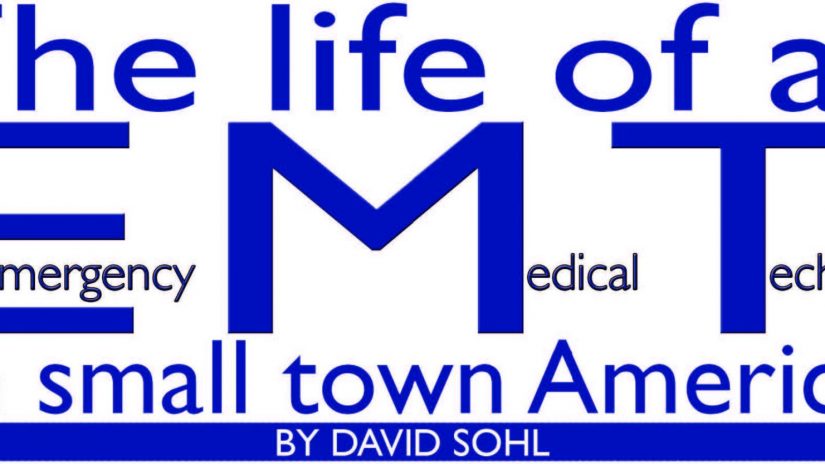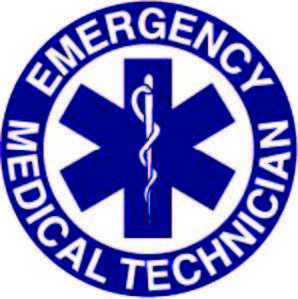
EMT means emergency medical technician. It is a level of training that is above first responder and lower than EMTI (an intermediate level EMT and below a paramedic). In small town and rural America from the 1950s to the ’90s, it was a neighbor helping a neighbor and sometimes saving that neighbor’s life. When someone is injured or is having a medical emergency, all of the people mentioned above are critical to your survival. If you see an ambulance with BLS (basic life support) on the side, it means that the unit is operated by EMTs but if it says ALS (advanced life support), it means that there are paramedics leading or managing it. Paramedics and EMTs are all supervised by a doctor at the destination hospital. In the ’70s, I was recruited to serve in a BLS team in a small town in Minnesota. About all I knew how to do was install a Band-Aid. By the time I had been there a few years, I was a team leader and I could install an IV. But let’s back up a little and first talk about how small towns managed emergencies.

History of ambulance service in rural areas
After World War II and the Korean War, medically trained people were available. They had been all over the world in the military and had experience in life and death situations as well as routine care like delivering babies and transporting injured people. Many joined local fire departments and/or worked at companies that supported emergency services and public safety.
The local mortician and the hearse were often the first line of service in many communities before ambulances were common. These people, supplemented by a few volunteers, offered vital basic services. While being transported in a hearse did not mean that you were dead, if things went downhill, you might be. Training was usually limited to first aid and transport. Some people referred to this system as “swoop and scoop.” The main objective was to get to the injured party and load them, then transport them to the nearest hospital, which could be up to 75 miles away or even more in some communities. As time passed, it was apparent that new skills were needed and morticians grew weary of the demands of the ambulance services. While their commitment to the local community was real, the demands of doing both jobs took a toll. It was time for a change.
One of the little known facts about emergency medicine is that it owes a lot to the medicine and tools developed in war time. When I was serving as an EMT, we were trained to use a tool called shock trousers. They are no longer in use, I have been told, but it was developed to rescue gut shot soldiers by pushing the blood often pooled in their legs up into their central body and compressing the wounds in their abdomen, allowing transport over long distances to MASH units where they were surgically repaired. Those trousers saved a lot of lives.
First aid training was critical because “well meaning people” sometimes do the wrong things. We were trained in air way management, CPR, wound management, broken bone reduction and restraint mechanisms for things like broken necks and the like. We were also trained to sort victims in mass emergencies, like tornadoes and plane crashes, to make it possible to make the best use of resources. Good Samaritan laws and liability were complicated in some states because state laws required that as an EMT or first responder, you were required to stop and assist injured people no matter the situation, just like doctors and nurses. Failure to do so was and is a felony. At the same time, the law allowed people to sue you for anything they deemed a mistake. State law makers had to resolve the problems of new people with life saving skills entering the system.
At first, many doctors were skeptical about people doing medical rescue in remote areas away from the eyes of the hospital staff. Over time that was resolved. Training was the key.
EMT training lasted about eight weeks and was no joy ride. Paramedics needed 18 months to two years of training, while first responders needed only about four weeks of training. Continuing ed and training classes went on forever for all of us.
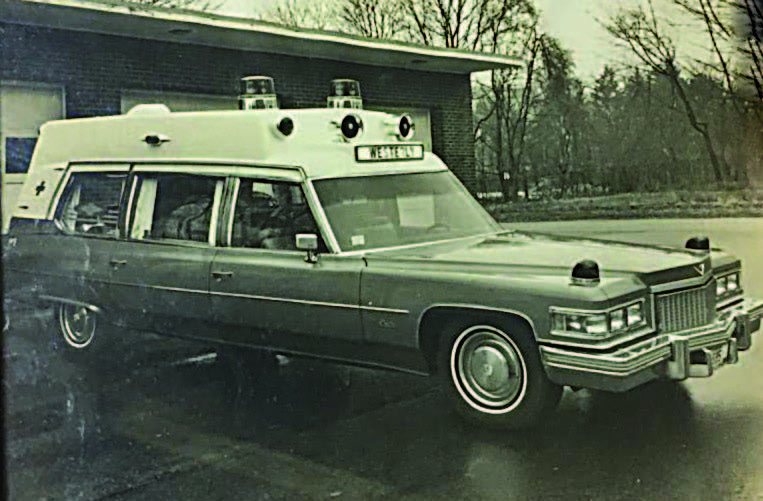
A wild ride
Working as an EMT in a rural community is and was a wild ride as the calls went from the highs of delivering babies to the tragedy of a death on scene. Here are some of my experiences to give you a taste of the experiences and the technology of the time. he worked in the area around his farm for a utility company and had stopped to check the dryer during his break. He had won many safety awards for his utility work, but in spite of his careful work and safety awareness, a small detail had taken his life.
The portable corn dryer he was using was running off of the PTO of a 1750 Oliver and it was attached to an LP tank nearby. He had rested a frost bar against the side of the dryer, then he leaned down next to it to look inside the dryer to make sure that the flame was adjusted right. The vibrations of the dryer made the bar fall over and hit him in the head, causing him to fall into the power shaft that ran along the side of the dryer. His jacket collar had caught in the power shaft and choked him.
His poor wife had come home from work to make him lunch as she did every day. When she looked out the kitchen window above the sink, she saw him kneeling beside the dryer and knew immediately that he was gone. She called us directly, but it was too late. What had happened was one of those freak events that no one would expect. The frost bar in his hand was probably used to align some heavy item and he just leaned it there for a moment.
It was a sad ride back to town and I was in shock for three days, thinking about how easily it could have been me or one of my farmer brothers.
We were having breakfast one morning when the the pager went off and as usual, I jumped up and ran the three blocks to the garage. I was crew leader that day and I got there first so I called dispatch on the radio and asked what the call was about. “The nursing home,” she said, “the patient has no blood pressure and no pulse.”
The next crewman jumped into the cab beside me and said, “What do we have?” I repeated what the dispatcher said.
“He is dead, right?” came the response.
I called the dispatcher and asked. She said, “He is very much alive and is talking to the nurse.”
“What do we have?” asked the third crew member as we roared into the street, red lights and siren.
I could not remember being trained for this—so I prayed out loud, “God, we need some help here!”
Both crew members resounded, “Amen!”
Then it came to me, shock trousers. “Somebody grab the oxygen and the shock trousers!” I said. With the gurney in tow, we ran through the nursing home to the room, threw back the covers and put the trousers on the patient. One of my partners pumped up the air and instantly he had blood pressure and a pulse.
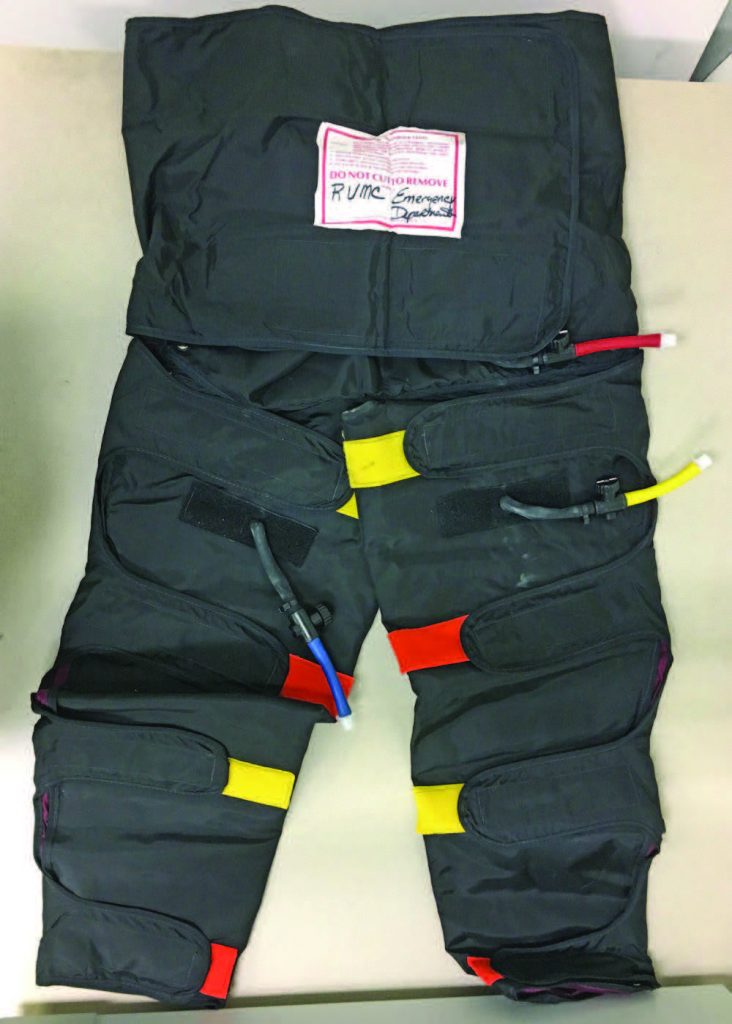
The nurse said, “Wow!”—and we were gone.
We scrambled to the hospital a mile away. I called ahead to advise of the situation. When we arrived, we expected an emergency room full of people ready with IVs and other tools, prepared to go to work.
But when we arrived, only the doctor was there. He had a look on his face that said trouble was brewing. He announced that we were to remove the trousers. I argued that it would kill the patient, but he was the doctor. I watched in horror as the air from the trousers was allowed to escape.
The patient was still alive!
Take him up to CCU and move him into a bed were the orders, so we did it.
When we were done, the doctor took me by the shoulder and guided me from the room to the nurse’s station.
“David, what are the contra indications for shock trousers?” he demanded. (That means when should you never use shock trousers.)
“Head injury,” I said.
“And what else?”
“Heart condition,” I mumbled. “Does he have a heart condition?”
“Right!” he said, “you could have killed him and besides there was a ‘Do not resuscitate order’!”
“If that is true, why did they call us?” Turning to my crew: “Did you hear anything about an order like that?”
Both shook their heads. My heart was aching all the way back to put the rig in the garage. The next few weeks, I was depressed thinking how easily I could have killed the man by giving the orders I did. Was I so wrapped up in what we were doing that that I missed that vital information? Had
I made the shock trouser thing up in my mind? What went wrong?
A couple months later, I saw the doctor at a social event. When I had a chance, I asked, “Whatever happened to the guy we brought in with the shock trousers?”
“Funny thing,” he declared. “He walked out of the hospital under his own power three days later and he has been getting along fine ever since! I did some research and we had diagnosed him with a different heart condition, but the one he actually had could be treated by using shock trousers to correct the heartbeat. When you and your crew did what you did, it fixed the situation.”
Best news I had heard in a LONG time!
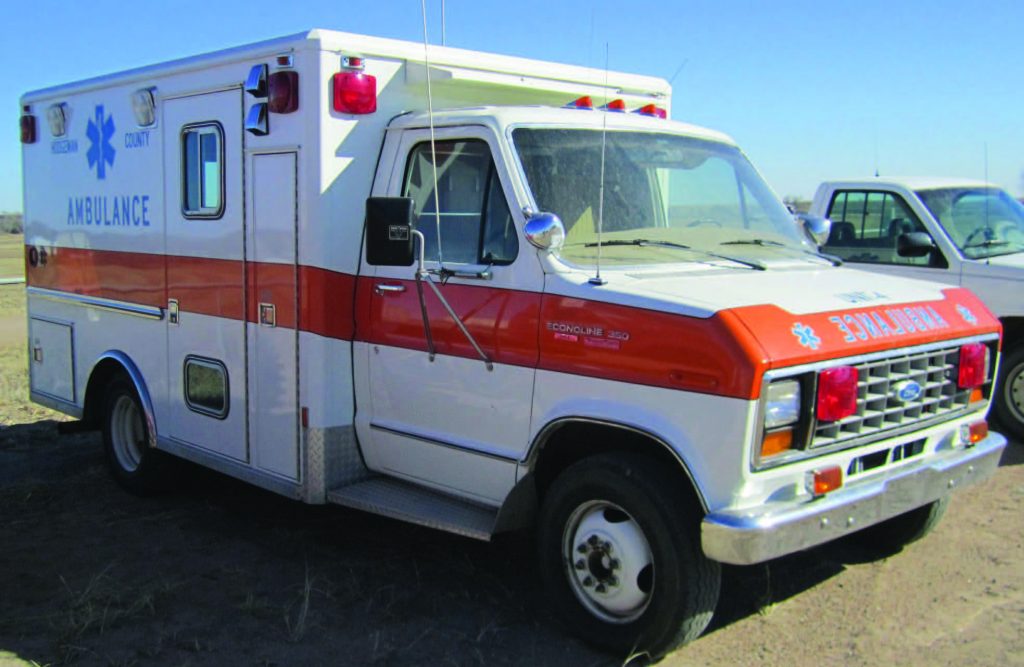
Do the lights work?
One of the guys who worked the night shift told me this story. They had gotten a call to a residence about a half mile from a nearby town, that was as the crow flies, but by road it had to be 13 miles, he claimed (might have exaggerated that). There was no moon and the road was dark and narrow between tall corn fields and through wooded areas. There were no exterior lights at the residence, so it was a bearcat situation. They went stumbling through the dark from the ambulance to the house. Once inside, they realized that the patient lived alone and was having a heart attack. My friend described him as a perfect and polite British gentleman, complete with the Brit accent. He was lacking the white gloves and the top hat or he would have looked like he stepped right out of a 1950s’ movie. They very carefully loaded him on the gurney and proceeded through the dark to the only light available, coming from inside the ambulance. Once inside with the gurney locked down, they proceeded carefully to the nearby road. (We were trained that we were to proceed without red lights and siren in situations like this because the rough ride, lights and siren could increase the patient’s anxiousness, causing more damage to their heart.) As they were making their way through the deep darkness, the man asked in his perfect Brit accent, “Do the lights work?” He was assured that they did. “Does the siren work?” Again he was assured that they did. “Does it cost more for the lights?”
“No,” he was told.
“How about—is there an extra cost for using the siren?” Again the answer was no. “Then let’s get them on and get the hell out of here!” he said, still in the Brit accent.
I guess the world looks different from the gurney.
In those days, stroke was a silent killer and if someone had a stroke, it was pretty much a hopeless case. We brought several farmers to the hospital suffering strokes who either expired in route or shortly after getting to the hospital. Today that is much different, thank God. Those were tough calls. Speaking of tough calls—one very cold (Minnesota cold) afternoon, I got a call asking if I would ride second seat for a transfer to a major hospital 50 miles away. I accepted the call and walked over to the local hospital to see what it was all about. The patient was about 60 years old and had been loading bales from a stock truck into a hay mow. He was standing on the top layer of bales when something gave way and he fell pile driver head first about 20 feet to the frozen ground. He claimed that his head hurt and his body was tingling. His two sons promptly loaded him into a pickup truck with him sitting in the middle and hauled him 22 miles to the hospital over the roughest road I knew.
Every 10 or 12 feet, there was a seam that had been tarred to keep the water from seeping into the road. Since it was about 40 below, the seams were all about two inches above the road surface and he had survived the ride. I saw the truck; it could not have ridden like a Cadillac. As I remember, it looked like it had a million miles on it, but maybe not. We loaded him into an older Cadillac ambulance. He was fully restrained, including his hands and feet, because the radiologist said that his neck was broken in at least three places. Other than three stitches on his forehead to treat a cut due to the impact on the frozen ground, he seemed all right. He insisted he should be released to go home and he would have signed for it, but his hands were restrained. His sons told me the reason he was so tough was because he was Dutch.
No argument here.
My job was to ride in the back of that ambulance and keep an eye on him—well, it was more like argue with him. All of the 50 mile ride was consumed with him arguing with me about letting him roll over because he was uncomfortable. I knew that if I relented, he would die or be a quadriplegic. I finally loosened the chin strap a little, but that was it. About 20 miles from our destination, I came up with the idea to tell him that I did not have authority to release him (because I did not) and that when we reached our destination, he could take up his case with the receiving nurse. I felt bad for her, but not bad enough to do something different. I wondered and still do how he dealt with the months of restraint in the bed with the rolling frame. We finally reached our destination and unloaded. I was exhausted.
Here is to one of the toughest and most stubborn people I have ever met.
CPR training
I have never been successful with CPR. I passed all the tests and did all the training, but never had success. My first experience with it was a call that was 20 miles from the ambulance garage. A couple and their two children had gone car shopping and had stopped at a fast food place to eat on the way home. The lady had a heart attack and the family had performed CPR in an attempt to revive her. County deputies had arrived and assisted them until we came. We did not use or have air pumps or masks then and we did not have defibrillators. We used our mouths and hands. I was ordered to assist a deputy, so I did mouth to mouth until the standard order “switch on three next time” except that the deputy would not switch, so I did the mouth to mouth for the 20 mile ride back to the hospital. It would not have been so bad, but she had vomited the fast food sometime before I got there. That was a long ride.
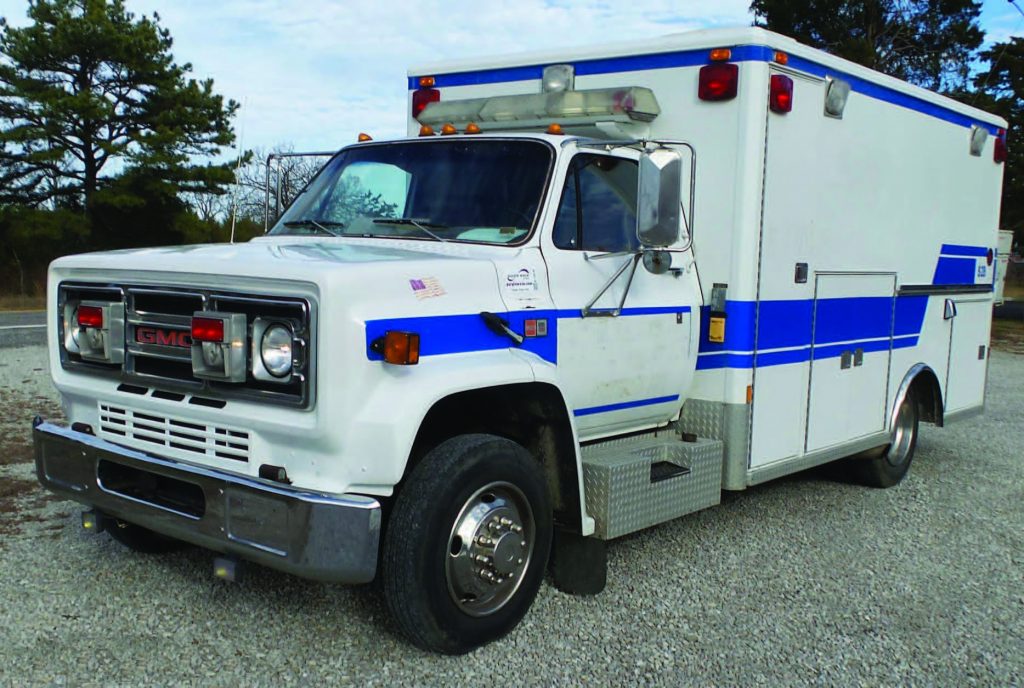
We got a call one day to take a young woman who had overdosed on TB meds to the hospital. She was a recent immigrant and did not speak English. She was about 18 and maybe 80 pounds. She apparently thought that she would take them all at once so she did not have the daily hassle. The house where she and her family lived was small and the winding stairs to the room where she was lying was too narrow for a gurney, so I followed her brother to the room where she was and explained that I would scoop her up in my arms and carry her downstairs to the cot. He explained it to her in their language, but something was lost in the translation because when I knelt down to pick her up, she swung back with her fist and knocked me clear across the room. We eventually got her to the hospital and she recovered. My ego recovered, too.
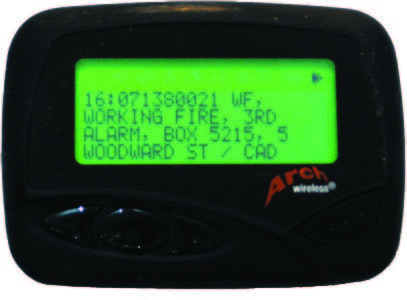
We had enough pagers so that each active crew member had one, but if you needed to have someone to cover for you, you passed it to your replacement with the standard line: “Don’t worry; it won’t go off.” One of the other guys called one day and asked me to cover for him because he was going to pour some sidewalk. He just knew that when the cement truck came, the pager would go off and with no one to trowel the cement out, his wife would not be happy. Imagine that. He drove to my house and handed me the pager. No sooner did he get his hind leg in the car again, but it went off. I ran to the garage and when I called in, I was told to proceed in the ambulance to the hospital. My one crew member would meet me there. I did that. From there, it got much more interesting. Our patient was a young woman who was about to give birth to twins. The doctor was concerned that there might be complications, so he wanted her transferred to a big city hospital equipped to handle situations like that. After loading the patient, the doctor, my crew member, a nurse and a nun in the back of the rig, I was directed to go to the clinic, where we switched nurses. I was then ordered to proceed red lights and siren as fast as the unit would go to the next hospital. I was told to radio for escorts and advise law enforcement of what we were doing.
I smiled. That one ton Chevy ambulance with a big V8 was going to get a workout.
Whoever gets orders like that? For this old farm boy who could never make a tractor go fast enough, this was like saying “sic ‘em” to a dog or your first day up in an F16—you get the idea.
No argument from me. I shoved the pedal to the metal, rolled my window halfway down, hit the lights, the siren and we were on our way.
The first town we came to, I was wide open at 70 miles per hour. There was a policeman at every stop light to wave me through. I was tight against the governor all the way. After about 35 miles, we entered the freeway and shortly there was a highway patrolman to escort us. The metro area was in the midst of freeway construction. The patrolman led us down the unfinished pavement as workers leaped to the side. (This was better than the movies.) We were weaving through traffic as the trooper did intersection maneuvers to protect us from side traffic. We finally arrived at the hospital just as the first baby was crowning. As I pulled under the ambulance canopy and let up on the accelerator, the engine died. We had burned up every bit of the power in both batteries. There was not enough power left to make the starter click. When we opened the doors, the dome lights were dead. We unloaded and raced to the 10th floor with our precious cargo. Everyone was exhausted. Our batteries were dead as well. After we got the news that the babies and their mom were okay, we proceeded to the ambulance.
No one was around to help us get started. The batteries were still dead, so we did the only thing we could do—I called AAA and used my card. I asked for a jump. I can’t believe that it was protocol to jump start an ambulance for a member but since I was driving, they did it. Small town and rural people make things work.
The ride back was without event.
I have relived that event many times in my mind. It was the most exciting ride I ever had.
Times and technology have changed but people still need help. Maybe your town needs help with emergency services. Your efforts might save a life or make a huge difference. It can be personally rewarding for you, too.
